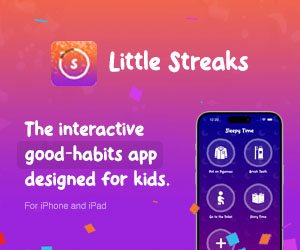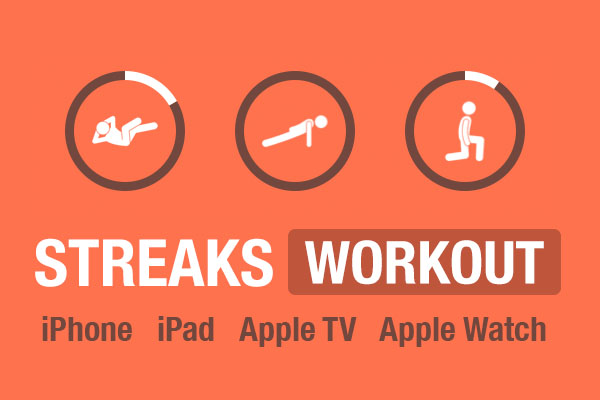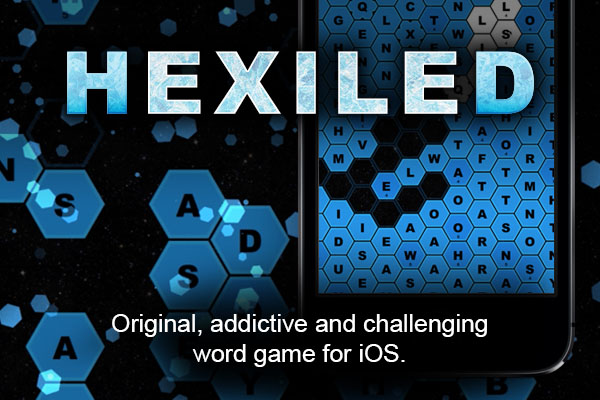From ESPN
Link
What went right
Simply put, the Wildcats were an unbelievably effective offensive team.
John Rillie had his team operating as the best halfcourt offence in the NBL -- 1.044 ppp, which was No. 1 league-wide -- shooting a ton of threes and making them at a good rate, while also leading the league in assist percentage.
It was largely led by another MVP-level season from Bryce Cotton, who averaged 23.4 points and 4.9 assists per game. As has been the case since he arrived in Perth, the offence went through Cotton -- impacting his team with the ball in his hands, as well as through his gravity -- so the Wildcats had a lot of success on that end.
Corey Webster was the other obvious offensive bright spot, averaging 14.2 points per game, while shooting an efficient 39.4 percent from downtown, on 4.6 attempts. Luke Travers' production wasn't at the level most thought it'd be, but he still showed some impressive flashes; most notably, shooting above 40 percent from behind the three-point line over the course of the regular season.
The Wildcats' two imports -- Brady Manek and TasShawn Thomas -- had some decent moments throughout the season, but consistency from game to game was a clear issue. Michael Harris, a development player, also showed some nice flashes, earning minutes as the season progressed.
What went wrong
But, simply put, the Wildcats were an unbelievably ineffective defensive team.
They were the worst halfcourt defence in the league -- 1.027 ppp -- and their deficiencies on that end came down to a mixture of personnel and effort. The personnel part was just about the team not having effective one-on-one defenders, so there was constantly pressure on the rim, where there was just no interior presence. The effort element comes down to their inability to rebound the ball; the Wildcats finished the season as the worst defensive rebounding team in the league -- 69.9 percent defensive rebound percentage -- which was a major factor in the team not being able to find an identity on that end of the floor.
Things got even tougher for Rillie when he didn't get the output from a number of players he would've banked on getting production from. Todd Blanchfield had his most unproductive and inefficient seasons in more than a decade -- averaging just 4.4 points per game, on 31.1 percent shooting from downtown -- which forced Rillie to bench the veteran. The same can be said for Mitch Norton, and that led to the same outcome for him. Getting such diminished output from two key locals -- who take up a significant portion of the team's salary -- really hampered the ceiling of these Wildcats.
The inconsistent production, from game to game, by Manek and Thomas also didn't help a Wildcats team already looking for guys to step up, while the late addition of Tai Webster barely moved the needle.
The Wildcats have a desire to re-sign Travers; he has interest from across the NBL so locking him in is a priority. The team's GM of Basketball, Danny Mills, then has to figure out the best way to proceed with the remaining two years on Blanchfield's deal; there's a sense both sides would be open to a buy-out, but executing that would be difficult. Both Websters have mutual options for the 2023-24 season, and the outcome of that will likely dictate what the Wildcats look like next season.
Outside of the pieces who would work well around Cotton, the team needs to focus on youth and demonstrated defensive capacity with regard to how it recruits its ancillary local talent this off-season.








